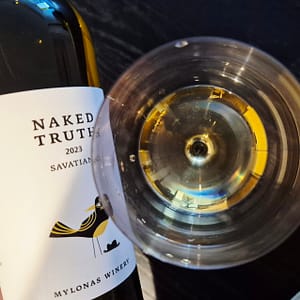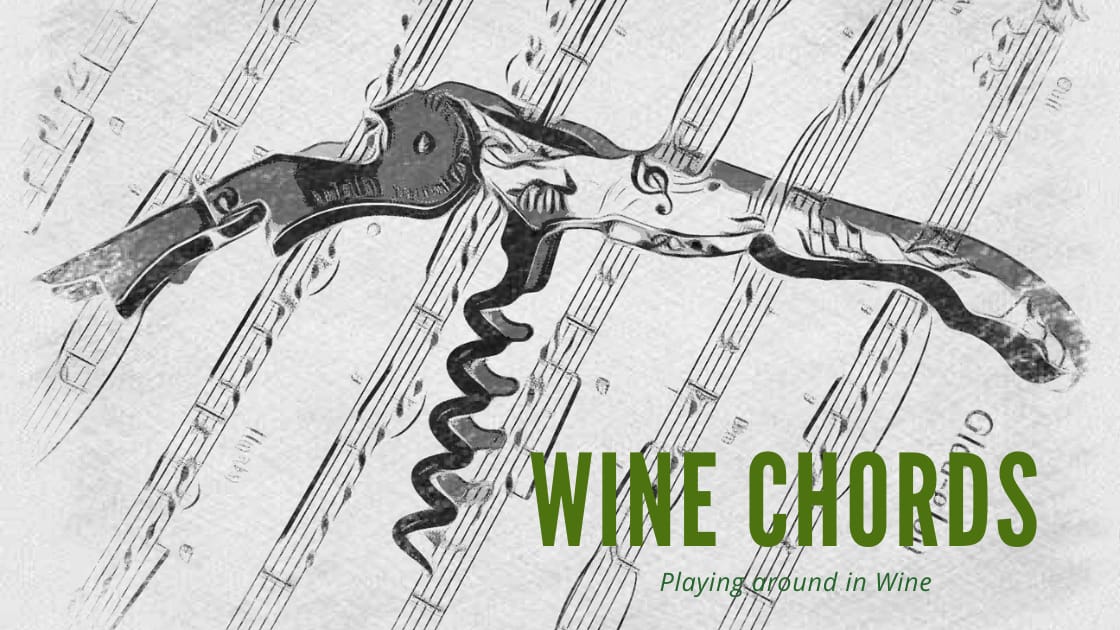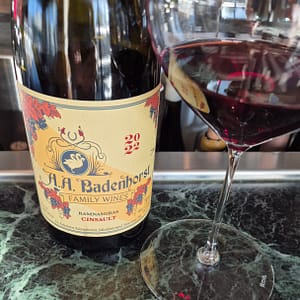Here is a skin contact white from the sun-drenched vineyards of Attica, Greece.
Established in 1917, Mylonas Winery is a third-generation family estate situated in the village of Keratea, approximately 30 miles southeast of Athens. With 12 hectares of vineyards scattered across the Attica peninsula, the winery is renowned for its commitment to indigenous Greek varieties, particularly savatiano. Their philosophy emphasizes minimal intervention, allowing the terroir—characterized by mineral-rich limestone soils and a Mediterranean climate—to shine through.
Attica’s vineyards benefit from diverse soils, including limestone, shale, and sandy clay, coupled with a coastal climate that provides cooling sea breezes. These conditions contribute to the development of grapes with concentrated flavours and balanced acidity. The region’s historical association with bulk retsina is being redefined by producers like Mylonas, who showcase the potential of savatiano as a varietal.
The wine is crafted from hand-harvested grapes sourced from the single vineyard Vouno in Keratea, situated at an altitude of 250 meters. The grapes undergo a cooling process at 8°C, followed by destemming and spontaneous fermentation with indigenous yeasts. The wine experiences 20 days of skin contact at a controlled temperature of 18°C, enhancing its structure and complexity. After fermentation, it is aged on fine lees for six months with regular stirring, bottled unfined, and contains only a minimal addition of sulfites.

Naked Truth Savatiano 2023 (Mylonas)
Bright golden. Complex aroma of peach skin, honey, and floral notes. On the palate, it is full-bodied and balanced by lively acidity, reflecting the aromatic profile with an unexpectedly long aftertaste.
Price: Low
Leave a Comment



